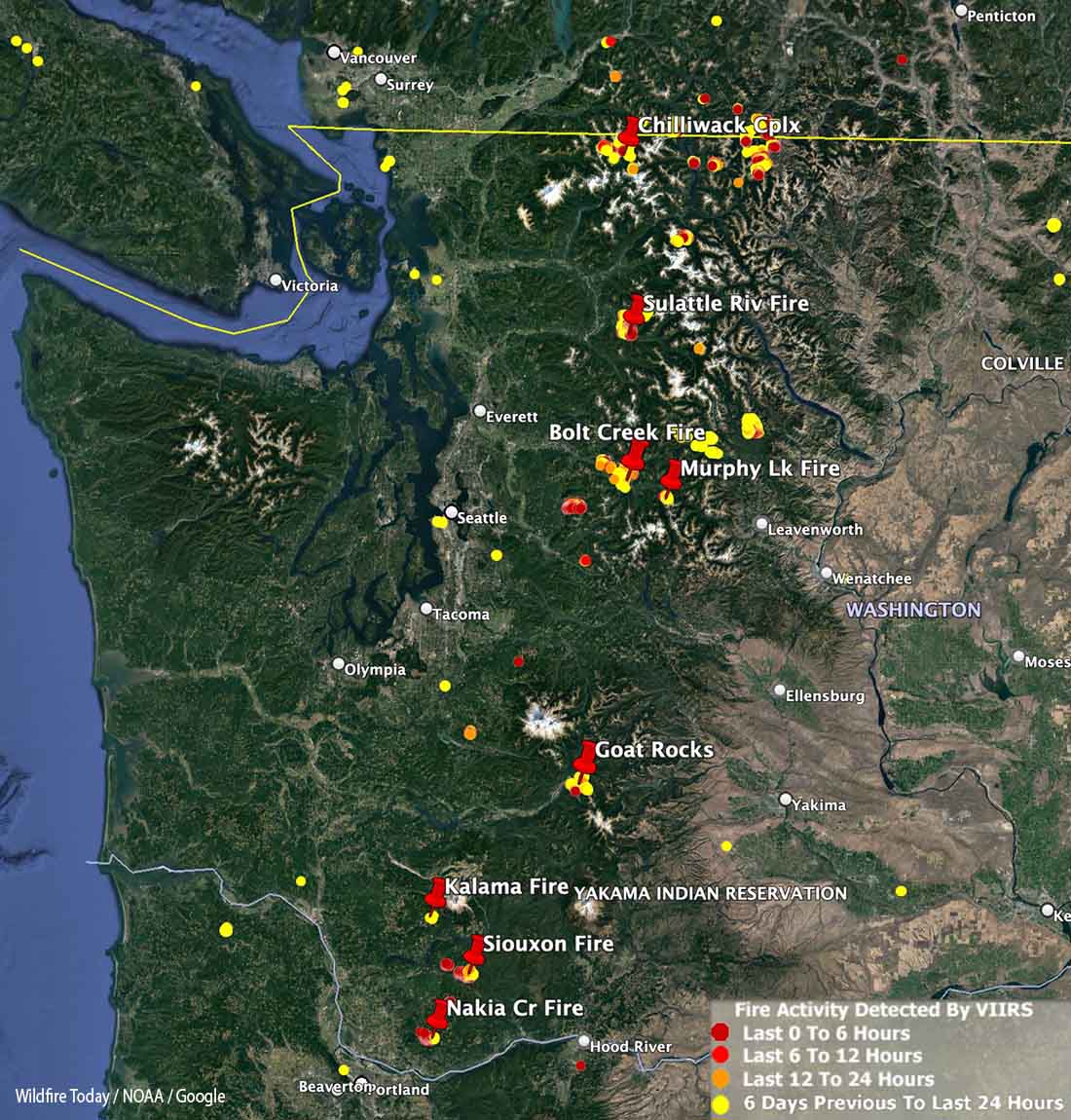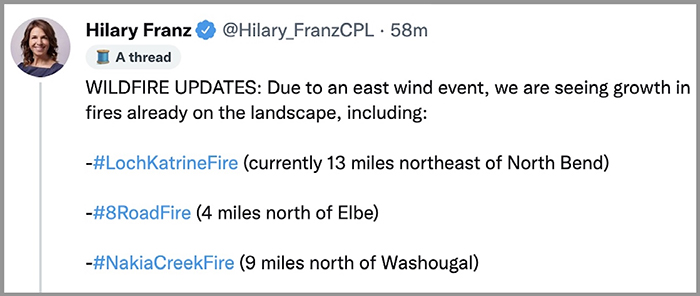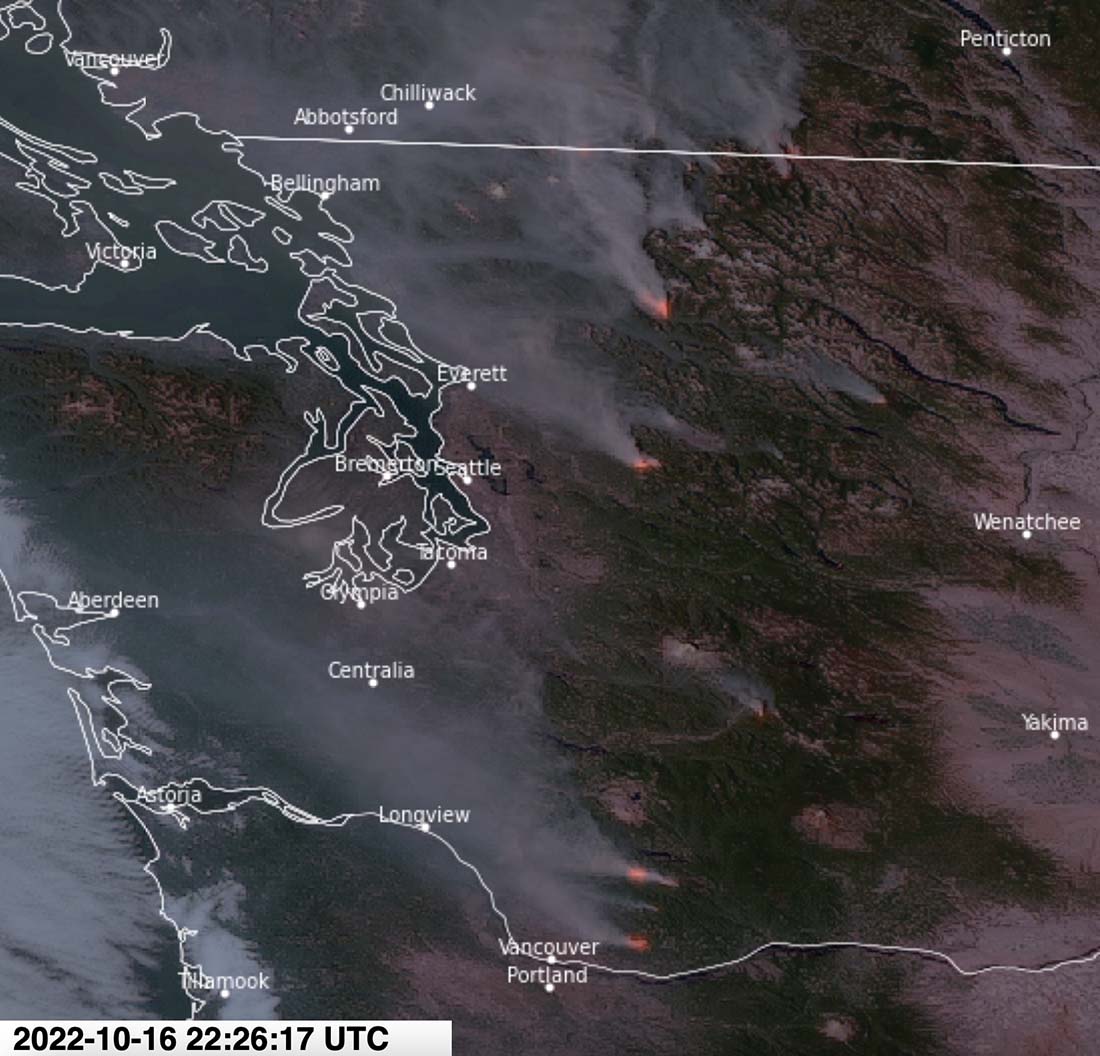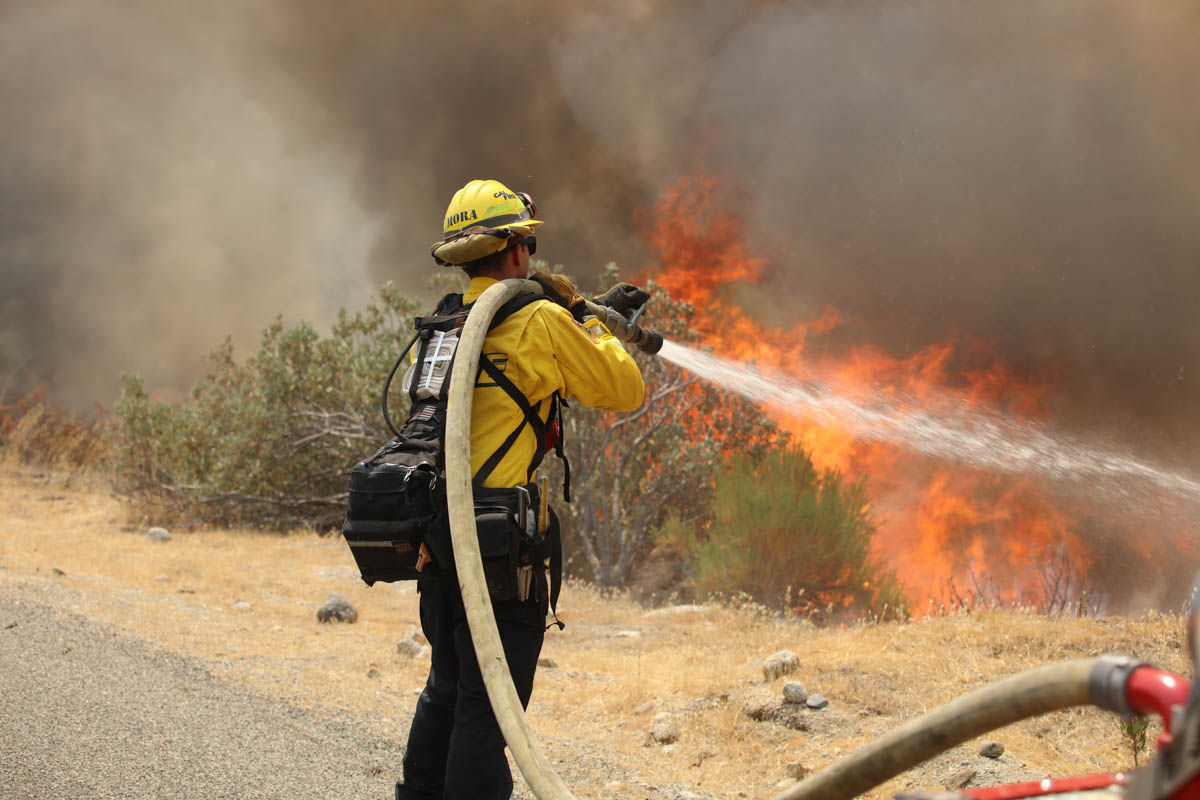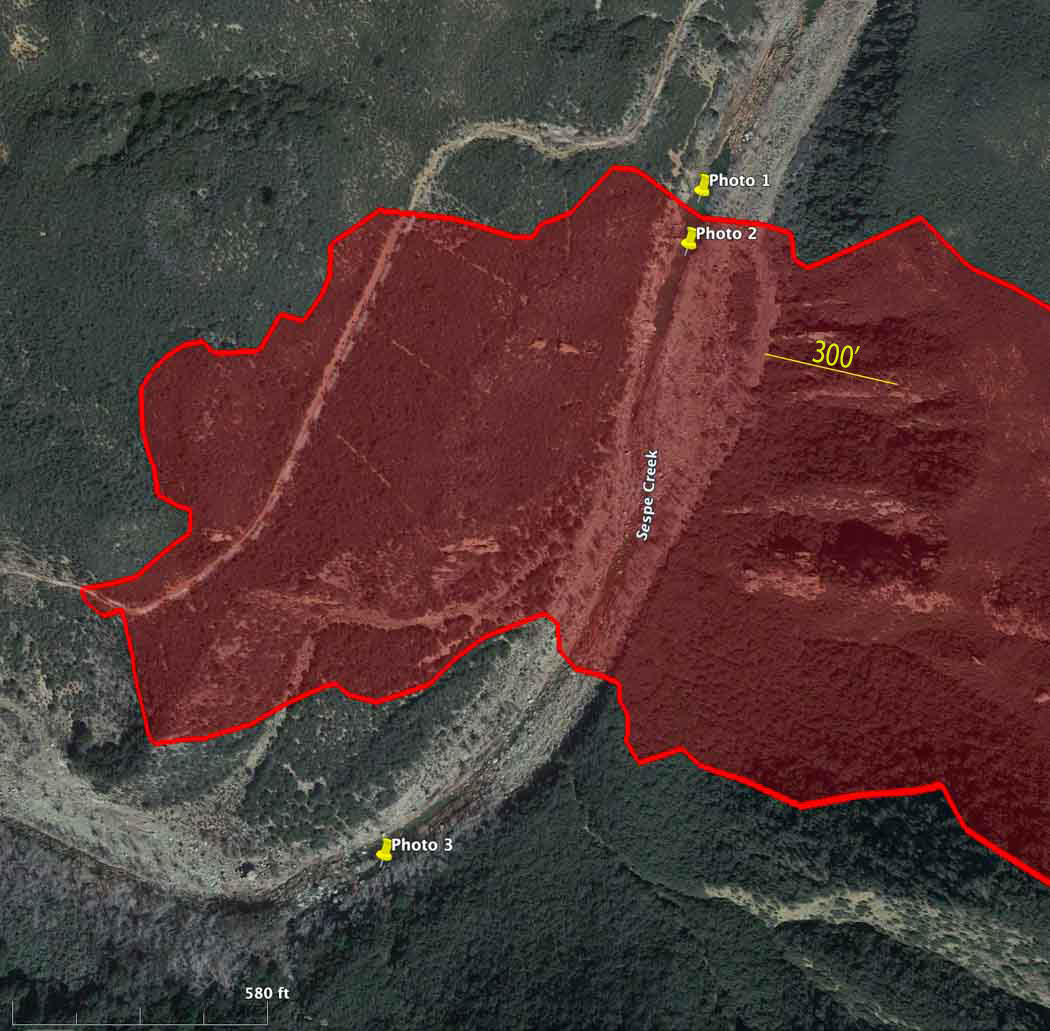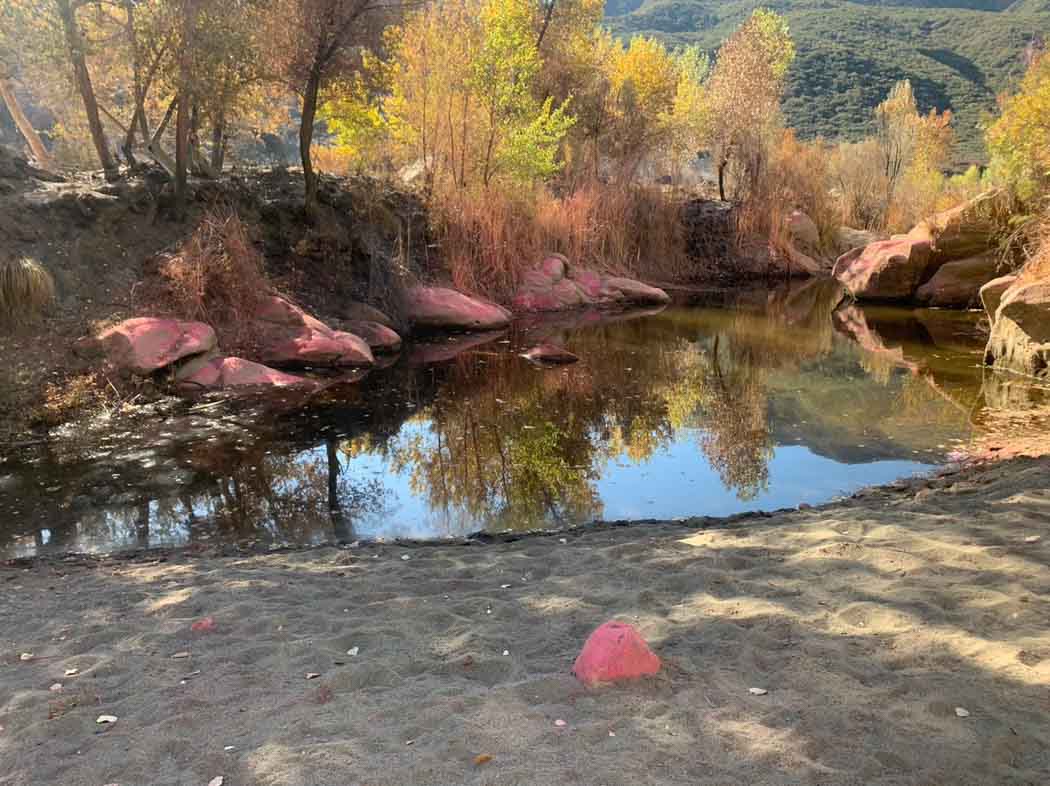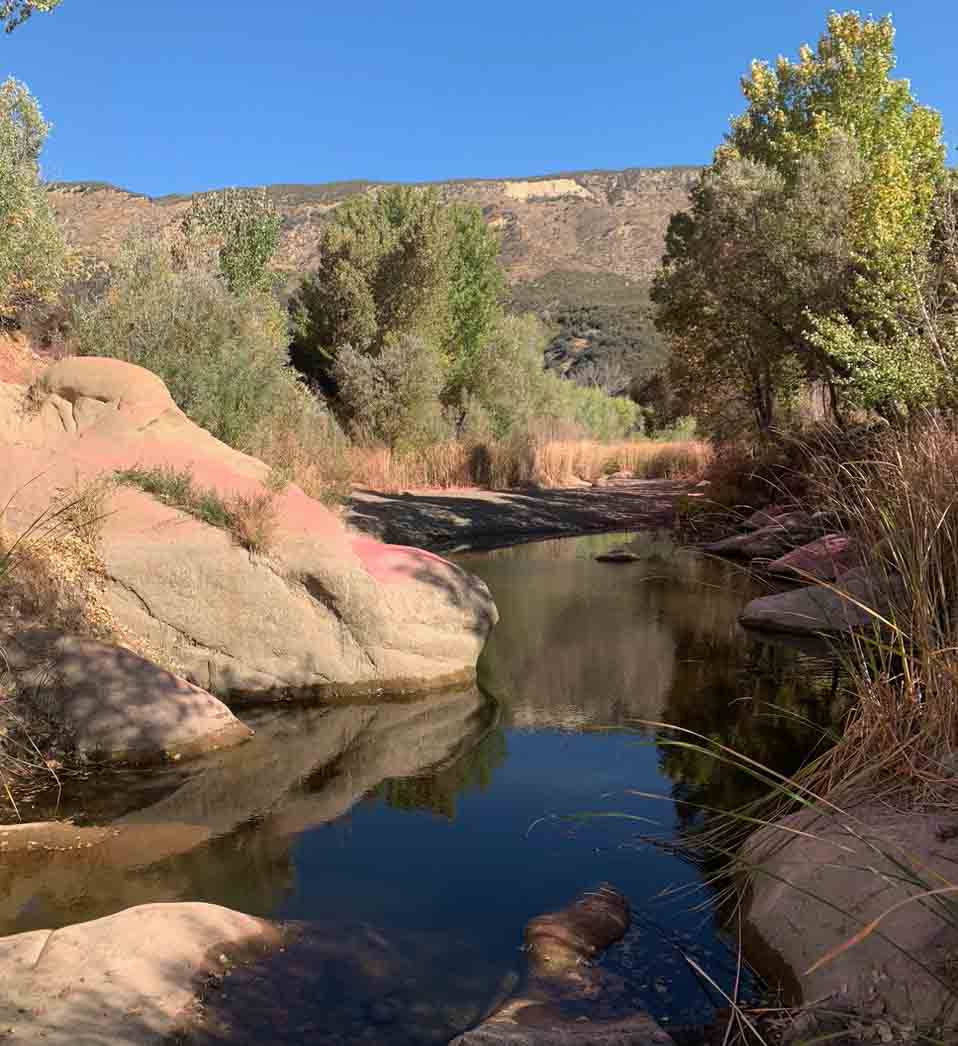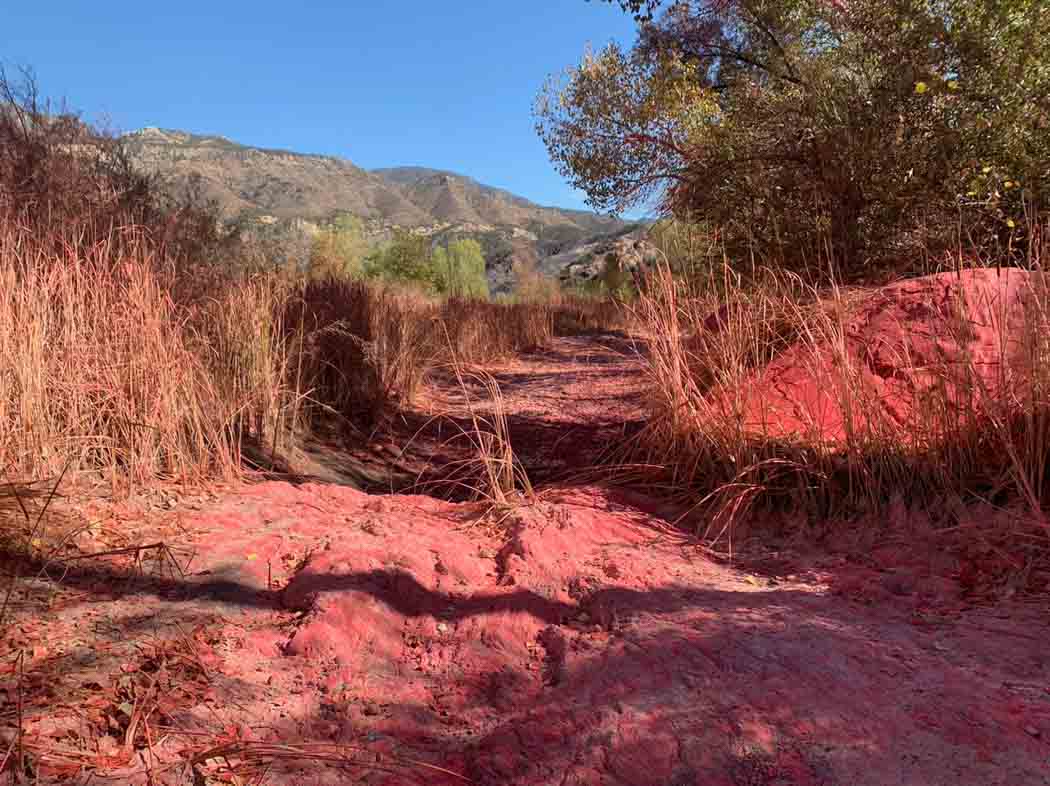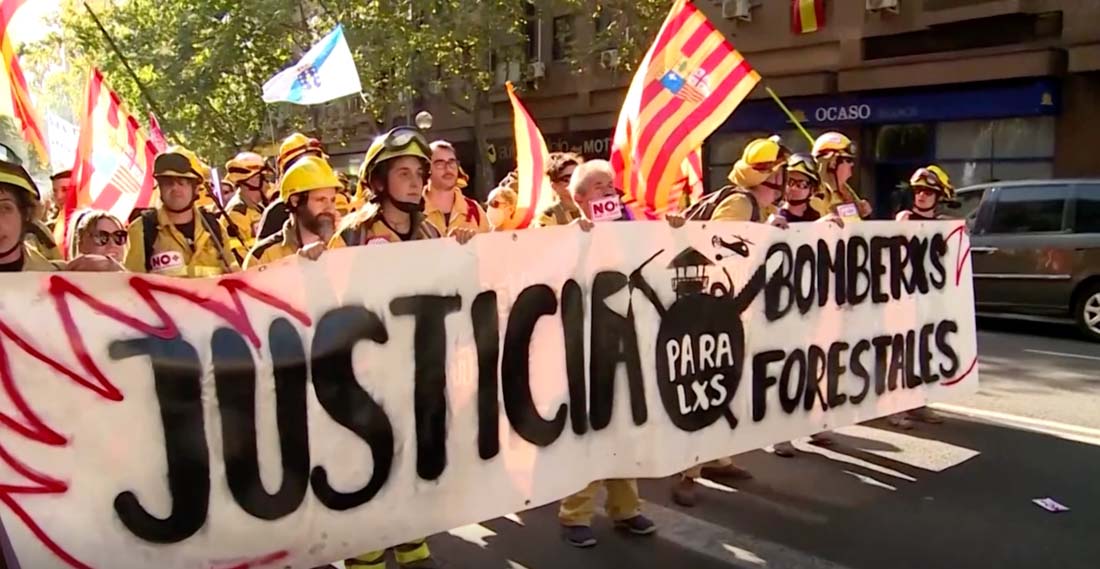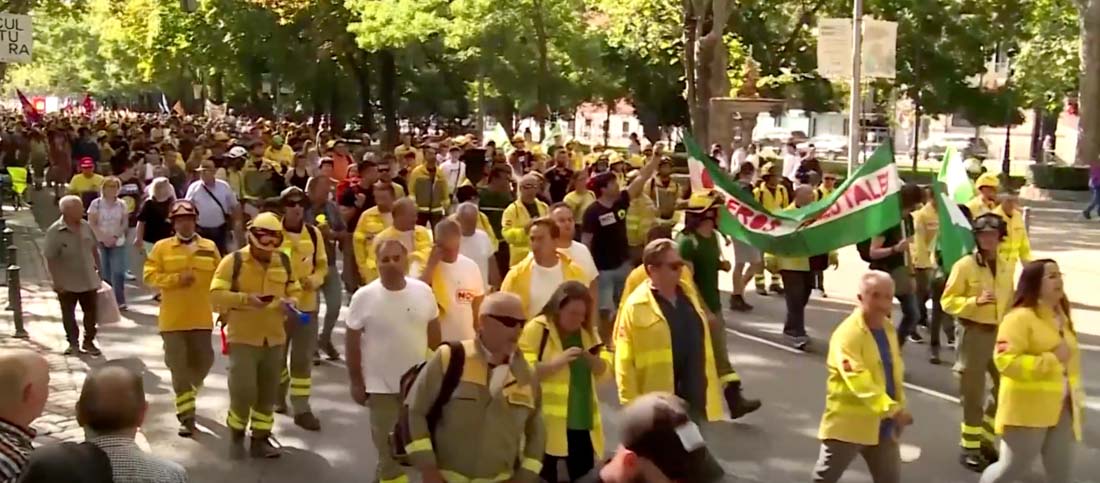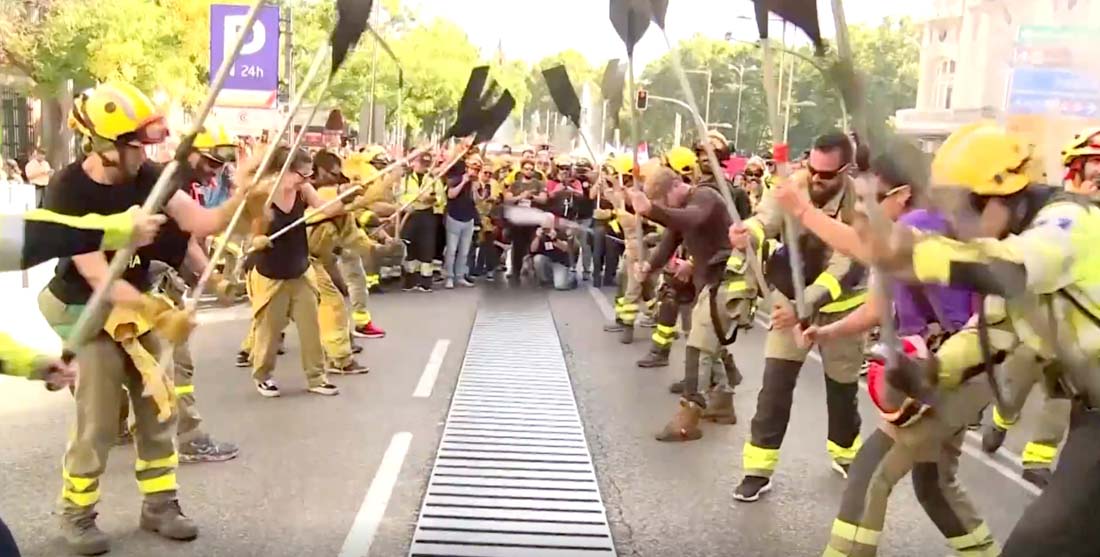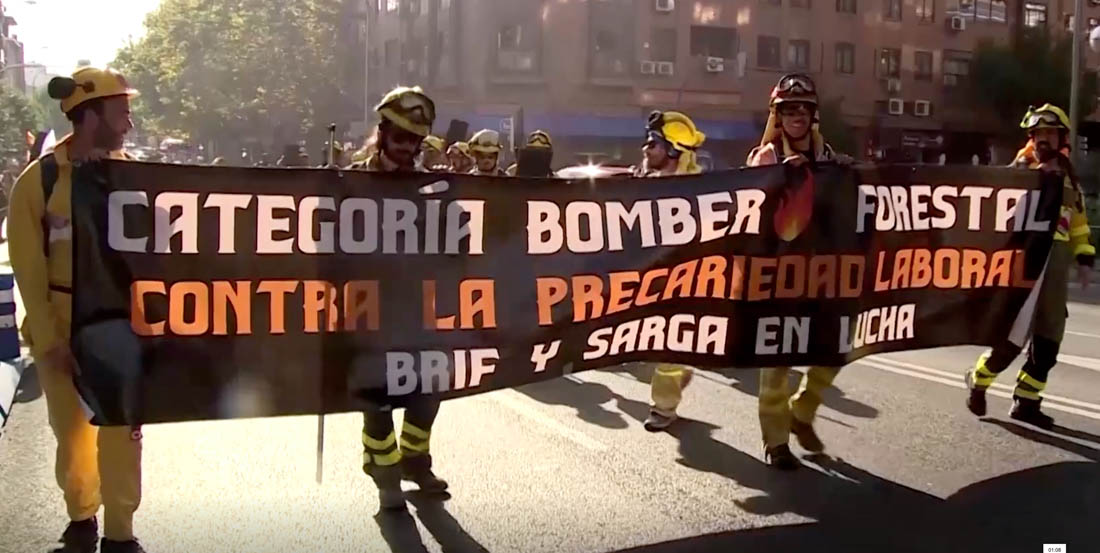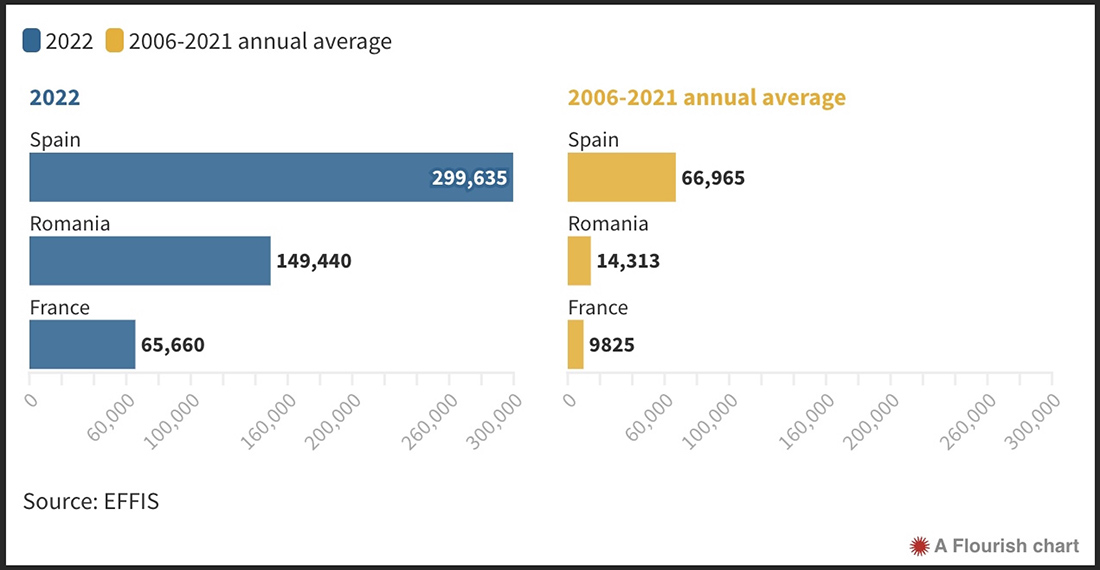
The parking lot at the Robinson Family Farm in Temple, Texas turned into an inferno Saturday afternoon during their annual pumpkin patch event. According to the owner of the farm no injuries were reported but approximately 73 vehicles were destroyed when a wind-driven fire spread rapidly through the mowed pasture used as a parking lot.
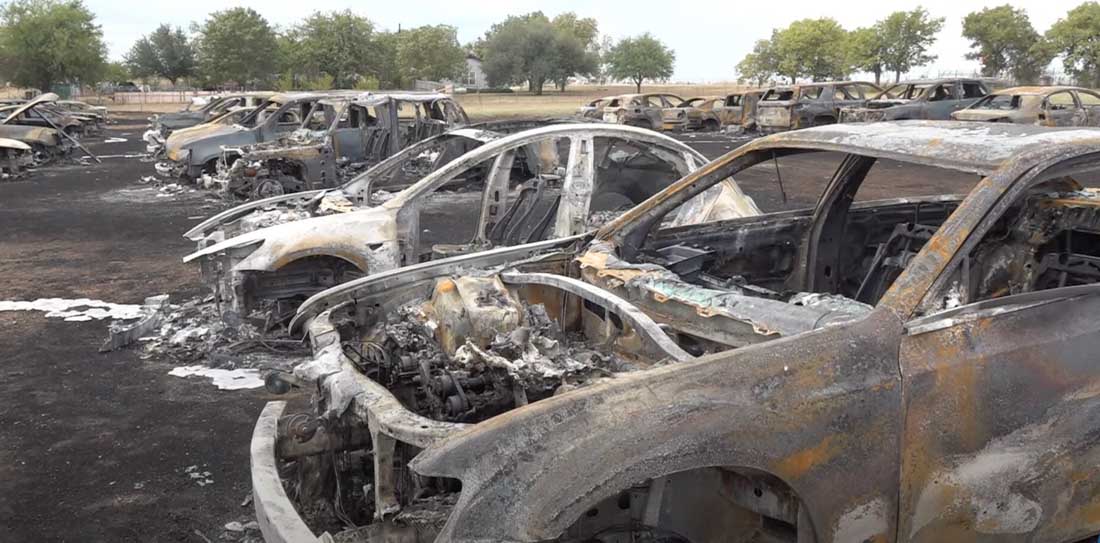
From KWTX:
The Temple Fire & Rescue Department responded to the blaze at around 1 p.m. Oct. 15. Multiple fire departments from Little River Academy, Troy, Rogers, Salado, Holland, Bartlett and Belton were called to assist.
The first units to arrive found approximately 10 cars on fire in the pasture area used for parking but due to the numbers of cars involved, the East Side Strike Team was called to bring in additional resources.
Fire crews were able to move some of the cars out of the way of the flames.
One attendee on Facebook wrote, “I have to say that is the most exciting and expensive pumpkin patch we’ve been to” after their family van “burned to a crisp.”
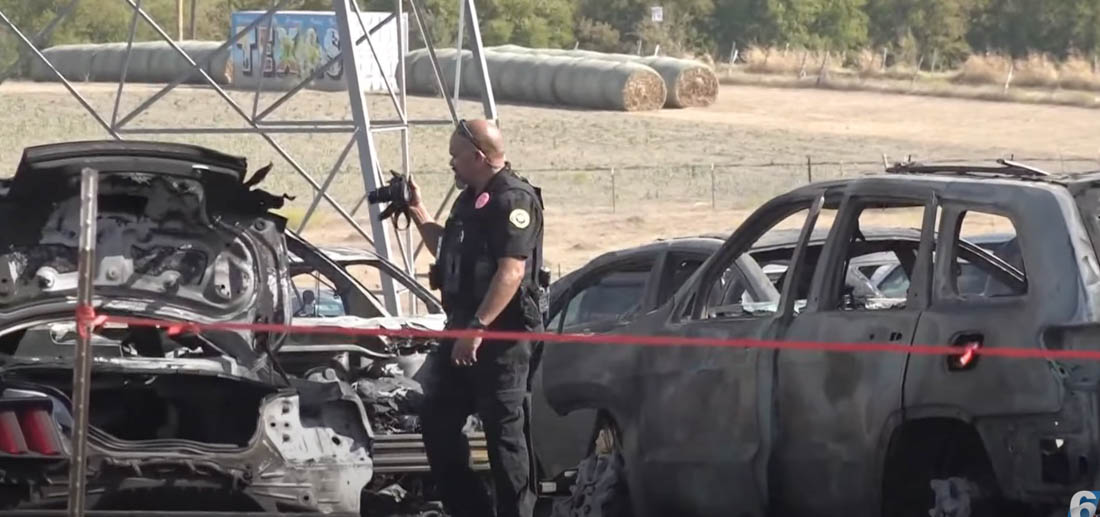
On April 3, 2020 3,516 rental cars parked in a mowed field near the Southwest Florida International Airport (RSW) near Fort Myers, Florida burned in a similar manner.
“The cars were stored in a location not ordinarily used for any specific purpose”, Victoria B. Moreland, Director of Communications and Marketing for the airport said at the time. “The large number was due to the car rental agencies serving RSW not renting inventory during the peak season due to the current COVID-19 crisis.”
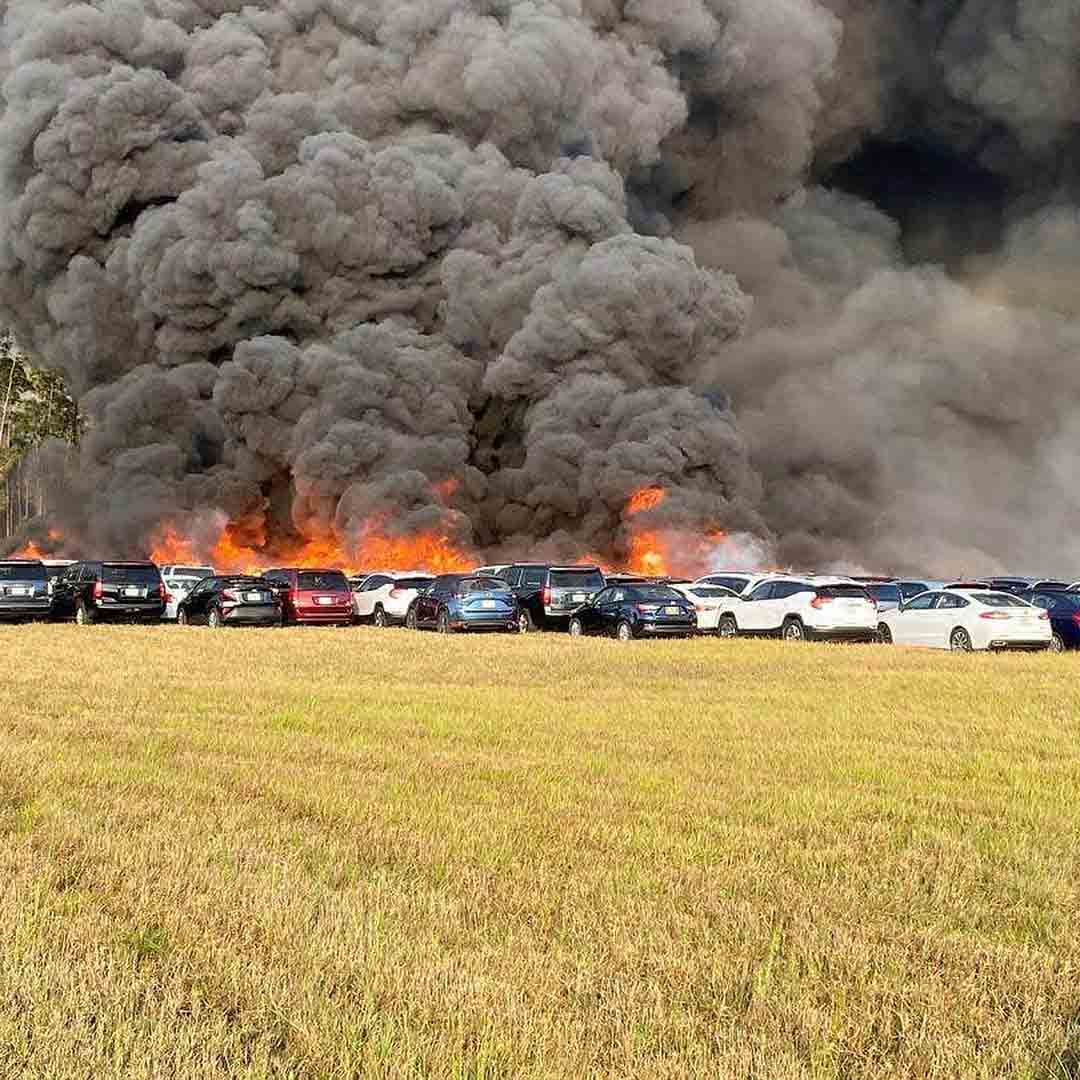
At one point firefighters in Florida used dozers to build fireline through the cars to stop the spread.

